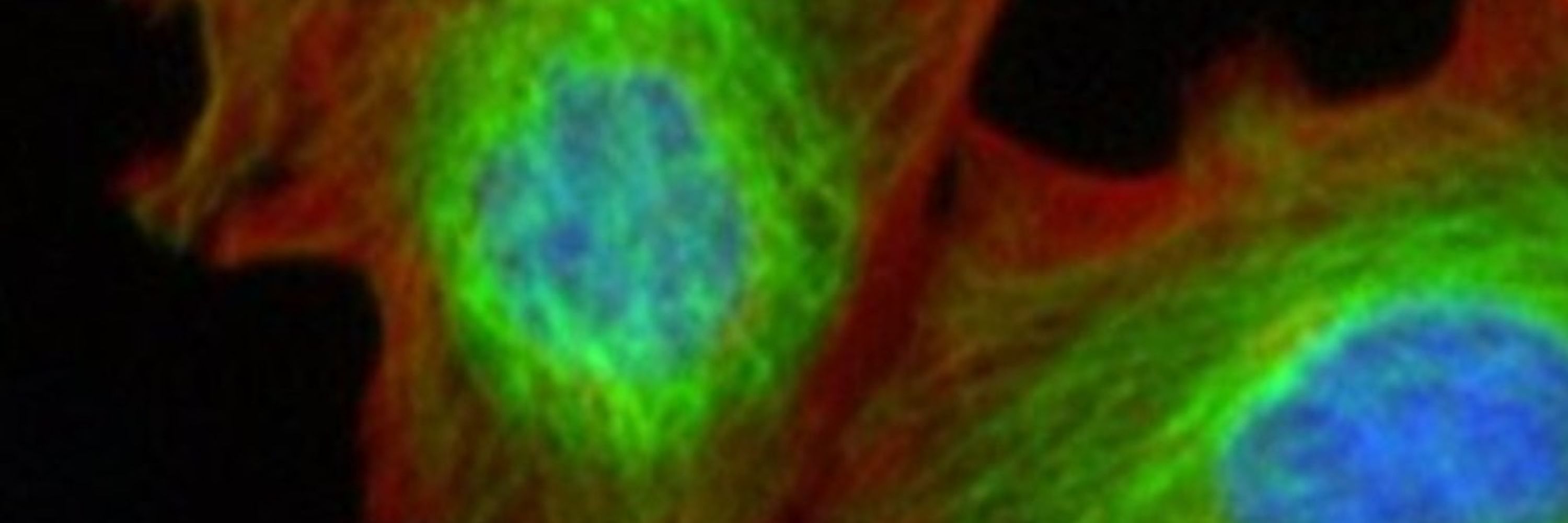Anne Carpenter
@drannecarpenter.bsky.social
15K followers
1.5K following
700 posts
Dedicated to drug discovery, enthralled by science. 5 kids. She. SAB Recursion. Founder SyzOnc. Lab at Broad Institute. Opinions my own.
Posts
Media
Videos
Starter Packs
Reposted by Anne Carpenter
Reposted by Anne Carpenter
Reposted by Anne Carpenter






